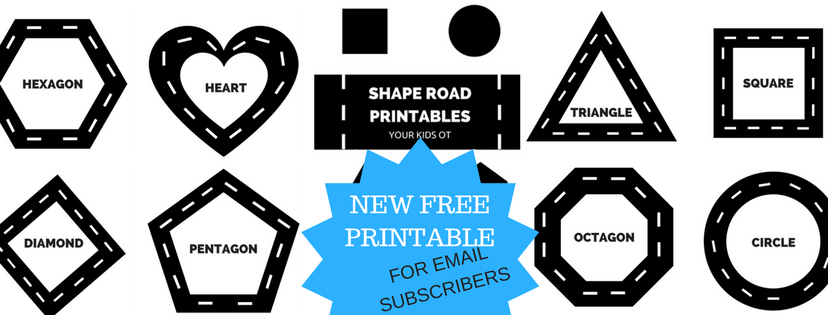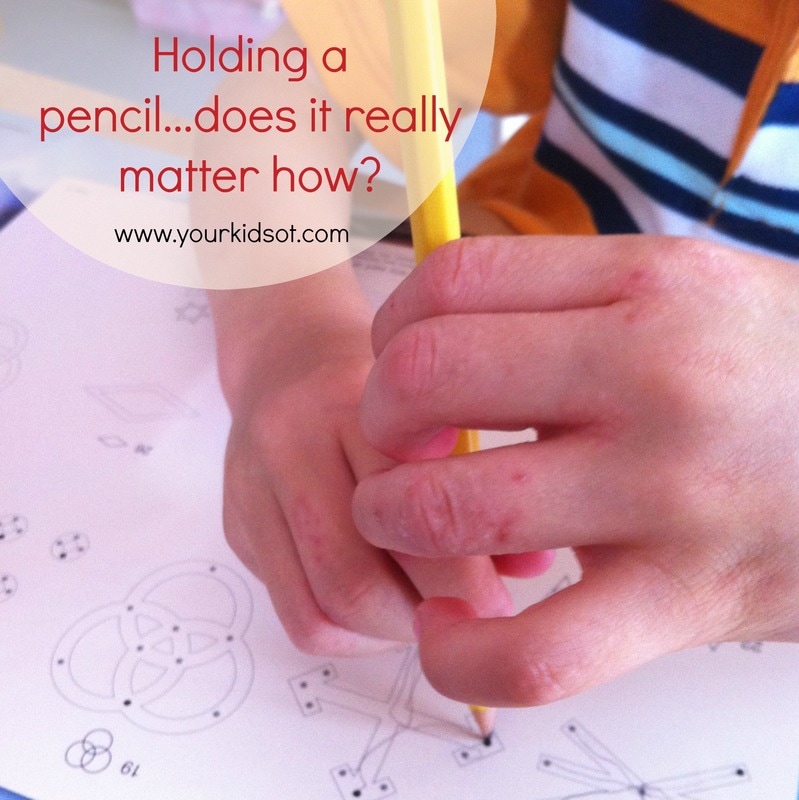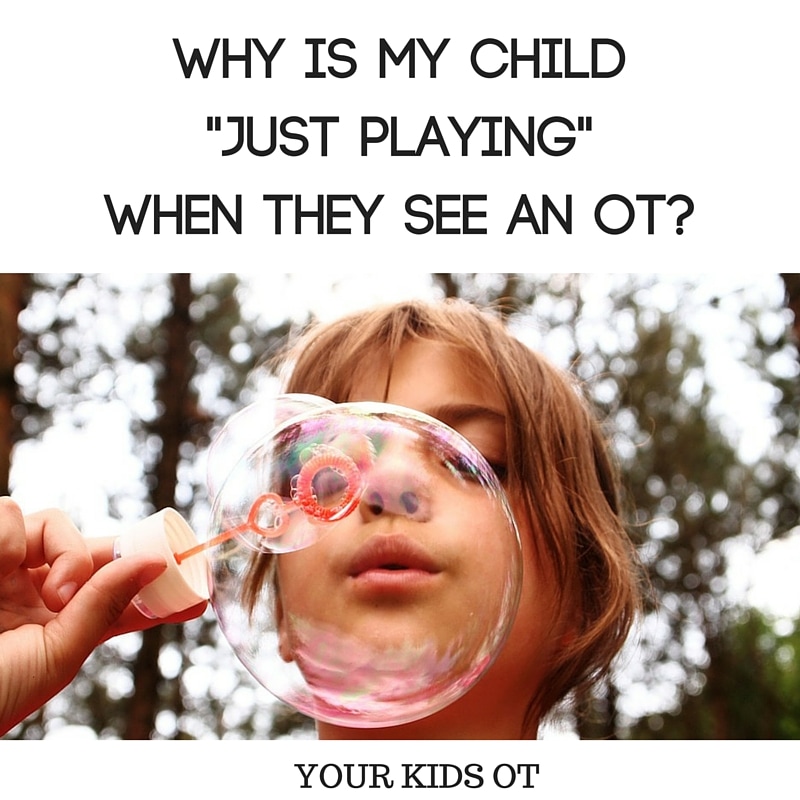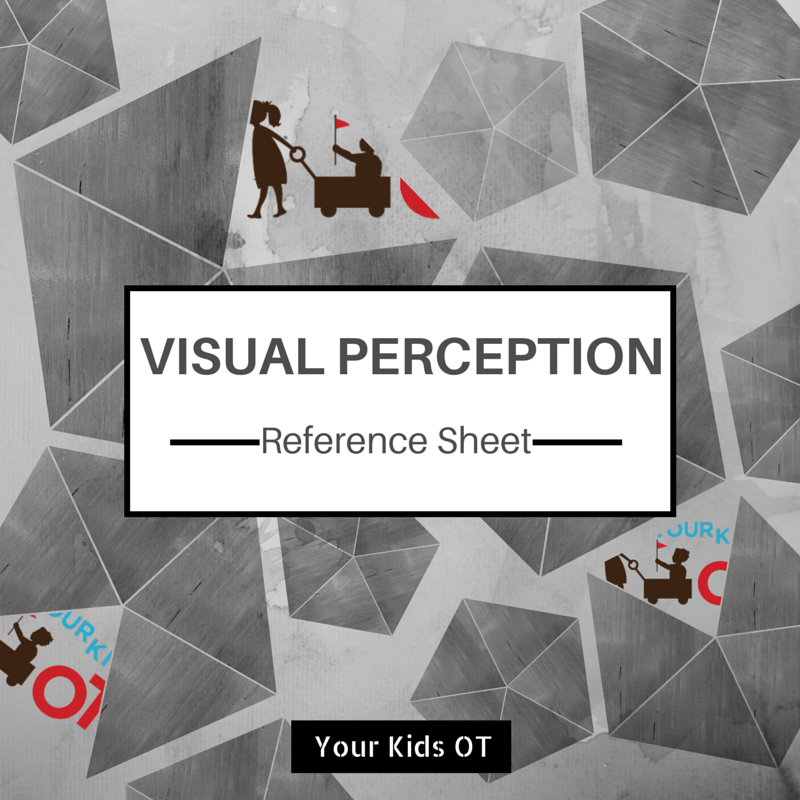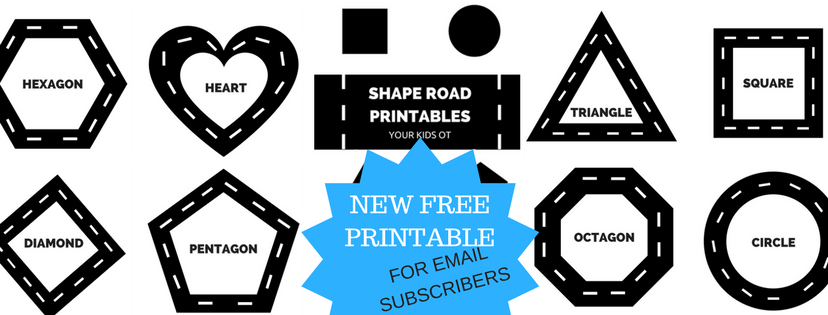|
Earlier in the year a friend told me about "Gelli Baff" ... a product that turns water into a jelly-like goo and back into water. I searched for it in lots of stores but couldn't find it at any of the listed suppliers. I stumbled across "Gelli Baff" at my local toy store when they discounted it recently.
In the "Gelli Baff" box you get two packets of powder. It is a simple application. Here's what to do... Miss 7 and Mr 3 were really excited. Miss 7 leapt into the bath and immediately LOVED it. Mr 3 dipped a toe and said "yuck...urgh it's slimey" and then was taken to the shower. Here's the "Gelli Baff" in play... To really get an idea of the texture here is a short video. To turn the goo back into water... This is a pretty cool product and I can see it used in a sensory play tray at home, childcare or preschool. It would also be great in an outdoor wading pool in summer. I forgot to mention the colour changes as you add the "step 2" powder so we went from yellow to green. There are other colour options too. This will also interest those who like science looking at density and colour. The colour does not stain the bath or your child. Miss 7 reports that it felt like a "hug" in the water. Mr 3 is a bit tactile defensive (reacts to touch sensations) and did not enjoy the experience. We found that a rinse off in clean water was necessary for both kids after playing with "Gelli Baff". Would your kids like Gelli Baff? Try it and see! Note: I have not received any remuneration for this product review. All opinions are comments are my own. This post does contain affiliate links.
I have to start this post by saying that I try my best not to recommend pencil grips. It may be very "un-OT" of me to say this out aloud but there it is.
Hear me out... the reasons I don't like pencil grips: * they go missing, * children use them incorrectly whilst they are on the pencil, * they are left at home or school and so can't be used in all settings, * they do not always help with writing legibility, * they are seen as the "ultimate help" for handwriting legibility and nothing else is implemented.
I recommend pencil grips in the following situations:-
* when an OT uses the grips during therapy sessions to monitor and guide an efficient pencil grasp, * used as a part of a OT plan to address fine motor and handwriting difficulties, * used with the supervision of a teacher and parent so the child uses the pencil grasp in all environments. So then, which one? As each child is an individual, trial a range of pencil grips if possible. A sample pack of grips is an essential for any OT working with school-aged children. Original pencil grips (such as the triangular grip, foam grip, gel ridge grip, stetro grip) provide a guide for finger placement on the pencil. They help to reduce some pressure and may be of assistance to those who hold the pencil too close to the nib or too far away. When a child has established the "wrong" pencil grasp for a long time then using these grips will not be helpful. These grips can be helpful with preschool age children who are just learning about finger placement on the pencil. The most effective pencil grips I have found are "Specialist Pencil Grips". They guide finger placement and are likely to be used correctly by the child trying to alter their pencil grasp.
Specialist Pencil Grips include: -
There are certainly lots of kids who benefit from using a pencil grip. Here are two examples of kids who have found pencil grips to help with pencil grasp and handwriting.
Child 1: Age 8 years 10 months. He used 3 different pencil grasps within one assessment (lateral pencil grasp, static tripod with third finger tucked under pencil, dynamic tripod with hyper-extended index finger). He also moved his hand as one unit whilst writing and held the pencil too close to the nib. This child has found the Writing C.L.A.W holds his fingers into a good position. Mum and teacher have found handwriting legibility has improved.
Child 2: Age 5 years 3 months. Pencil grasp was too close to nib of pencil, hyper-extended index finger with wrap around thumb. Too much pressure on the page during assessment although her handwriting legibility was reasonable. Complaints of a "sore" hand after writing. The writing C.L.A.W has helped to position fingers and allow for more dynamic movement of the first three fingers.
Some children become frustrated when using a pencil grip as they have already established a habit of using an "inefficient" grasp. For these children, check if handwriting speed or fatigue are factors with handwriting and trial different ways to encourage a dynamic tripod grasp. Persist with a pencil grip as they have many years of writing ahead of them {even in this age of technology}.
Once a pencil grip has been chosen as being beneficial for a child, I like to slide it onto a stylus for use with tablet apps. This is a great way to continue encouraging a dynamic tripod grasp as the ipad, iphone or android is usually very motivating. See here for some reviews of ipad apps. Has your child used a pencil grip? Which ones do you like? ANZAC stands for Australian and New Zealand Army Corps. The soldiers in those forces quickly became known as Anzacs, and the pride they took in that name endures to this day. ANZAC Day – 25 April – is probably Australia's most important national occasion. It marks the anniversary of the first major military action fought by Australian and New Zealand forces during the First World War when the landed at Gallipoli, Turkey. Anzac biscuits (or bikkies) have been associated with Anzac day as it is claimed the biscuits were sent by wives to soldiers because the ingredients do not spoil easily and the biscuits kept well during naval transportation. We love Anzac bikkies!
Method 1. Preheat the oven at 180°C (350°F). 2. Place butter in a microwave safe bowl. Place the bowl in the microwave and heat for 1 minute. Remove and set aside. 3. In the mixing bowl, pour flour, coconut, oats and brown sugar. 4. Add the melted butter, egg and golden sryup. 5. Stir with a spoon. 6. Line the baking tin with baking paper. Pour the mixture in the baking tin. 7. Place in the oven and bake for 30 minutes. 8. Remove and cool. Slice into squares and serve. This slice is enjoyed all year round at our house (as are ANZAC biscuits). It is our "go to" slice and is perfect for school lunch boxes or to share with others. Try it today! Happy baking and "lest we forget" this Anzac Day.
"IQ Twist" is single player game of logical thinking and problem solving. Our family is going overseas soon so we are starting to think about what to pack! Miss 7 brought "IQ Twist" with her on holiday last year and enjoyed challenging herself with this game on the plane. It comes in a neat hinged box which keeps all the pieces together for travelling.
The game consists of 7 coloured pegs and 8 twisted puzzle pieces. The twisted pieces are different shapes and have some parts with holes and others which don't. To play, you choose a challenge from the booklet which gives you a picture to guide placement of the coloured pegs. Matching the coloured pegs to the board in the correct places involves good visual perceptual skills. The pegs are small; encouraging a good pincer grasp and open web space when manipulating them. The aim of the game is to fit all the twisted puzzle pieces back into the board whilst matching the colours appropriately. This challenge will require skills in visual discrimination and position in space. It will also require good problem solving skills and some perseverance!
Designed for kids 6 years old to adults, "IQ Twist" is a fantastic little game; perfect for those who love a challenge. It is available from various stores for A$15.00 approx. See Kidstuff, Five Senses Education or Amazon.
Note: I have not received any remuneration for this post and the opinions expressed are my own. Your Kids OT is an affiliate partner with Amazon therefore purchasing from Amazon will support this website.
"Little Peter Rabbit had a fly upon his nose." With all the chocolate easter bunnies around at the moment, I couldn't help but think of the classic Tale of Peter Rabbit by Beatrix Potter. Here is a lovely ebook adaptation for android, iphone and ipad that is very endearing. PopOut! The Tale of Peter Rabbit ebook will read for you or you can read it by yourself. The English reader is delightful and words of the book are highlighted as they are read. The ebook has lovely sound effects and music. Beatrix Potter's original illustrations are brought to life. It features little tabs and spin wheels that are reminiscent of charming books where pictures pop up, move around or disappear. This adaption to ebook appeals to all ages. I'm gushing, can you tell?
I think this ebook is an example of new technology meeting old book classic and it works so well. Enjoy this ebook app with your children (or on your own) and have a happy and safe Easter. I will be spending time with family and friends in the Blue Mountains of NSW so this blog will be quiet for a few days. In the meantime, if you have missed a previous blog have a look at the archives for further app reviews or other school holiday ideas.
This craft is inspired by the district exhibits found at the Sydney Royal Easter Show. Instead of fruit and vegetables, we gathered some seed pods from the garden, lentils, rice and pasta.
What do you do?
Drying time is quite a while (several hours, depending on how much glue is used).
This is a "free form" craft and suits kids of all ages. As you can see from the photographs, Miss 7 drew a picture and was quite precise with her layout and placement of textural elements. Mr 3 was less precise, however still enjoyed placing the various textures onto the canvas {and yes he received help to spell out his name}.
Depending on your child's attention span, this is a craft that your child might start and then come back to at a later time or even on a different day. You could introduce a new element for them to paste when they return. The finished work might not be as stunning as a fruit and vegetable display from the Sydney Royal Easter Show, however, it provides a textural board for hands to explore. The textures are really interesting when the glue has dried. It also makes a unique artwork for your child's bedroom wall or as a gift. Ours are displayed above our fireplace (still not completed, mind you). This is the perfect craft to do over the school holidays, maybe after a visit to the show. Do you enjoy visiting the Sydney Royal Easter Show? What do you like best? If you live somewhere other than Sydney - do you have something similar to our district exhibits? Uno is the game of choice in our household at the moment. Miss 7 and Mr 3 like playing it over and over. Mr 3 worked out pretty quickly to say "uno" when he has one card left. It is teaching him about colours, numbers, turn taking and waiting. Little hands have trouble holding cards. We road-tested a few options below. Some were inspired by pinterest and others by what we had around the house. Miss 7's favourite card holder was the "cardboard brick" that has a slit that easily held her cards. Mr 3 preferred the bridge from his train track set. They both had difficulty managing the peg as they had to lay down the cards to add and take away cards. We found the egg carton with slits made down the middle worked well. The lego holder also worked well, however Miss 7 commented that others could see her cards easily. The shoebox worked on the floor as the cards tended to lean forward. In a therapy situation, card holders would work well with children who are impaired on one side and need a support for their cards.
Do your kids enjoy card games? Do they have difficulty holding their cards in their hands? Have you tried any of these card holders or have you got one of your own?
Ever had a pinterest inspired attempt at a craft and fail? Guess which is mine?
It looked so beautiful, it sounded so easy ... anyway moving right along, I'm an OT - flexible, creative, adaptable ... the post is now called "Homemade sensory experience with colour!" See it sounds better already.
Here is what we did.
3. Use a toothpick to marble the food colouring into the shaving foam.
4. Roll the egg into the shaving foam mixture.
5. Place the shaving foam covered egg onto a tray with paper towel to dry for 30 minutes. Remove shaving foam with paper towel for final dyed eggs.
So our colour didn't really stick to the egg. There are probably a few good reasons - our eggs were still warm from being recently boiled and I think the original eggs were white and maybe blown out so they were lighter than the shaving foam...
Well we certainly made a good coloured sensory mess and the kids loved it! They loved spraying the shaving cream, dropping the colour, mixing it with a toothpick and getting their hands into the mess. So as a homemade sensory experience with colour, it worked really well! Have you had a Pinterest inspired fail? Have you got a tried and tested way of dyeing your eggs? Do your kids enjoy messy play?
Note: Shaving foam should not be consumed. Children should be supervised during this activity and it is not recommended for children less than 3 years of age. I would not recommend consuming the egg after this activity.
The "Tupperware Shape-O" is a classic toy that brings nostalgic memories for some (including me) of their early childhood. We have a Tupperware "Shape-O" that has been a little ignored and forgotten in our household as the kids are getting older. I thought it was time to bring back the "Shape-O" and re-purpose it for now.
The "Tupperware Shape-O" includes 10 shapes which are numbered 1 to 10. There is the ball itself with holes for posting the shapes. Here is a round up of ways you can use your "Shape-O". Learning shapes
1. Trace the shapes onto paper to get an outline. Ask your child to match the shape to the outline. A great way to encourage visual discrimination.
2. Place the shapes into a bag. Ask your child to put their hand in the bag and feel a shape. Ask them to identify the shape. This ability to perceive and recognise an object using tactile cues without visual and auditory information is called stereognosis. 3. Draw or trace shapes on a doodle board, whiteboard or paper. 4. Use shapes as cutters with playdough. 5. Form shapes using pipe cleaners. 6. Form shapes using straws. 7. Draw shape outlines with chalk on the ground outside. Place the shapes in a bag. When the shape is selected, child runs (or hops/skips/jumps/pushes on the scooter board) to the correct shape. This activity incorporates gross motor skills with learning shapes. There is an element of visual perceptual skill development "form constancy and position in space skills". 8. Throw the "Shape-O" ball onto the lawn. Ask your child to identify the shape, run back to the shapes, select the correct one and post it into the hole. Again incorporating gross motor skills with learning shapes. Learning numbers and counting!
1. Line up your "Shape-O" shapes according to the number printed on the shape. Place the correct number of short straws into playdough sections. Count the straws. Remove the straws and count the holes.
2. Stack small blocks inside the "Shape-O" shapes according to the numbers inside. 3. Use small objects (eg. marshmallows, sultanas, beads) to count out the numbers inside the shapes. 4. Place the shapes inside a paint palette. Peg the correct number of pegs to the paint palette section corresponding to the number inside the shape. 5. Use a bingo paint marker to count out the numbers in each shape. For babies...
Babies will love to pull the scarf from the "Shape-O" ball. They can watch the colours of the scarf and problem solve to get the scarf out. Older babies may like to poke the scarf into the holes. {Supervise your babies as any cord may be a choking hazard).
Crawlers will love to go after the rattling ball with the shapes inside. They can push the ball to their grown up or around the room.
Do you have a "Tupperware Shape-O"? Have your children played with it recently? Let me know if I've given you some ideas to take it out of storage and back into the rotation of toys. Have fun!
Note: I have not received any renumeration for this post from Tupperware.
"Letter roads" is a fun engaging way to encourage letter identification, familiarization and formation! Each letter of the alphabet is a road with a black background and white road lines. The letters were created in NSW Foundation font. There is a green starting dot and an arrow to indicate initial direction for correct letter formation.
Whilst becoming familiar with the alphabet, your child can also work on fine motor skills such as a pincer grasp or tripod grasp. They can also use their favourite toys to help form the letters. Here are a few suggestions for how to use Letter Roads... 1. Encourage your child to identify the starting point for each letter by finding the green dot. 2. If your child is unfamiliar with letter formation, you may demonstrate the correction directionality. Some children will require hand over hand assistance to obtain correct directionality. 3. You may introduce one letter at a time or a group of letters according to the current goals for your child (eg. letter of the week, a child’s name, line letters, tall letters). Refer to previous blog about Letter Families. 4. Use your finger to draw along each letter road. 5. Use a car or vehicle to drive along each letter road.
6. Use figurines or plastic animals to walk along the letter road.
7. Paint along the letter road using a paintbrush and shaving cream.
8. Roll out playdough to place along the letter road.
9. Roll a marble or small ball along each letter road.
10. Pour rice over the sheet and clear the letter road with a finger or paintbrush.
11. Write the letter using a dry-erase marker. Use different colours and make a rainbow road. Write the letter next to the example.
Laminate your letter roads for durability, place them in a zip lock back, place them in a plastic sleeve or even place them into a plastic frame. This is a fantastic resource for your child to learn letters and practise writing them. It is also a great addition to the therapist's tool kit as you can vary the activity and grade it with various children.
Purchase your own set of letter roads today at theYour Kids OT shop. 
Cindy is a registered occupational therapist practising in Sydney, Australia. She has two growing children who are a constant source of inspiration and learning. Cindy loves working creatively to help children to reach their potential, finding opportunities in everyday living and making learning fun. She is also addicted to making printables (even when they take a long time to complete). Cindy is the author of the Occupational Therapy website and blog Your Kids OT and Sensory Diet Activity Guidebook (ebook).
Cindy is a member of the Functional Skills for Kids Therapy Team. They have together published THE HANDWRITING BOOK, THE SCISSORS SKILLS BOOK and THE TOILETING BOOK. The information on this site is general in nature. The activities are safe for most children, however, you should consult an Occupational Therapist or health professional to address specific movement, sensory or other medical conditions. Affiliate links are used throughout this website to promote products I love and recommend. I receive a commission if any purchases are made through these links. Please see my disclosure policy for more details. Your Kids OT blog - https://www.yourkidsot.com/blog Your Kids OT shop- https://www.yourkidsot.com/store/c1/Featured_Products.html Your Kids OT Teachers Pay Teachers - www.teacherspayteachers.com/Store/Your-Kids-Ot Your Kids OT Facebook Page - https://www.facebook.com/yourkidsot/ Your Kids OT Instagram - https://www.instagram.com/yourkidsot Your Kids OT Pinterest - http://www.pinterest.com/yourkidsot Your Kids OT Amazon store - https://www.amazon.com/shop/yourkidsot
Watch Letter Roads on You-Tube: https://youtu.be/mTmKkj_HeAg
|
AuthorHi, I'm Cindy and I am an Occupational Therapist. I enjoy working creatively with children to see them reach their potential. Read more about me here. SEARCH THIS SITE
Archives
June 2024
Categories
All
Popular Posts |
Join the YKOT e-newsletter!
Subscribe to get our latest content by email and receive
the SHAPE ROADS PRINTABLE NOW!

Success! Now check your email to confirm your subscription and receive your free printable!
Join our Mailing List!
Subscribe to get our latest content by email and receive
the SHAPE ROADS PRINTABLE NOW as a thankyou!

Success! Now check your email to confirm your subscription and receive your free printable!
Disclaimer: The information on this site is general in nature and should be used for educational and entertainment purposes. The activities are safe for most children, however, you should consult an Occupational Therapist or health professional to address specific movement, sensory or other medical conditions. This blog does not replace formal therapeutic professional advice given by a health professional or medical practitioner. Reviews and endorsements of products will only be made based on my expertise and personal opinion; and deemed worthy of such endorsement. The opinions shared in sponsored content will always be my own and not that of the advertising company or brand. Content, advertising space or posts will be clearly identified if paid, affiliated or sponsored. Affiliate links may be found throughout this website in advertising. This means that if you follow through with a purchase from these links, Your Kids OT will receive a percentage of the sale. Your Kids OT undertakes to meet the requirements of the "Social Media Policy" as published by Australian Health Practitioner Regulation Agency (AHPRA). Further information about this policy can be found here.
Find meFollow me |
About me
AuthorHi, I'm Cindy and I am an Occupational Therapist. I enjoy working creatively with children to see them reach their potential. Read more about me here. |
Copyright © 2017 Your Kid OT

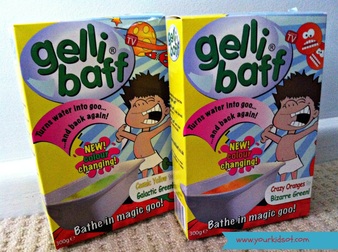
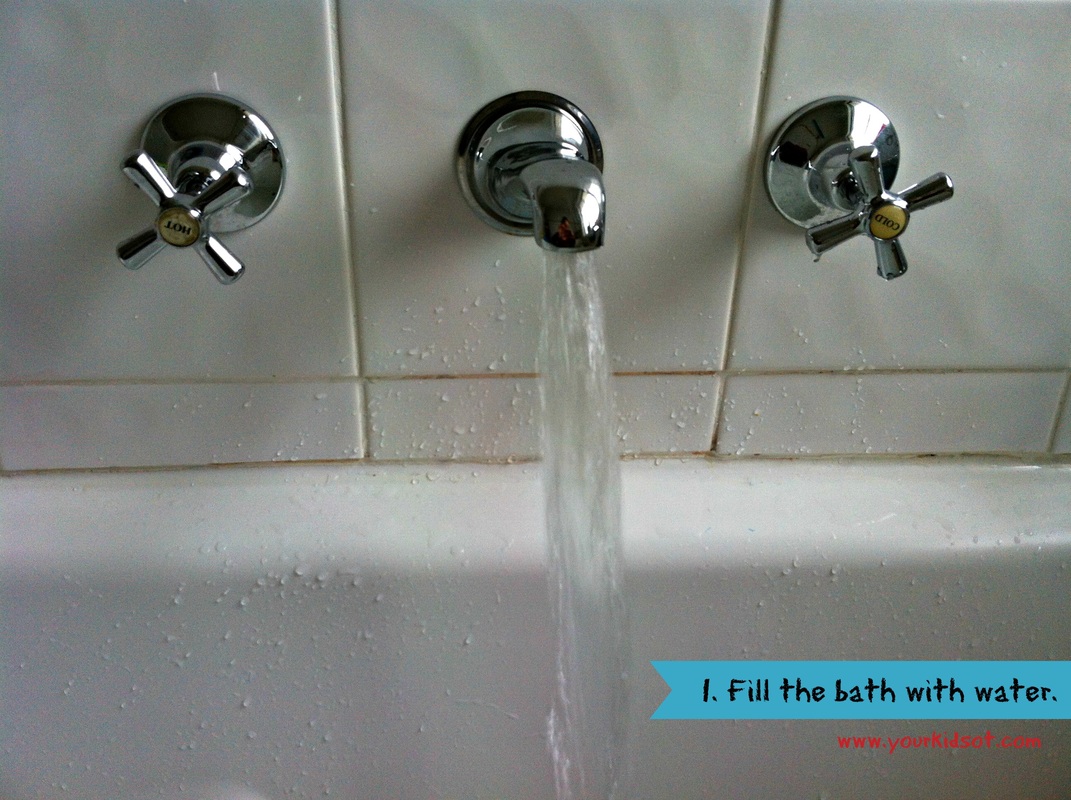
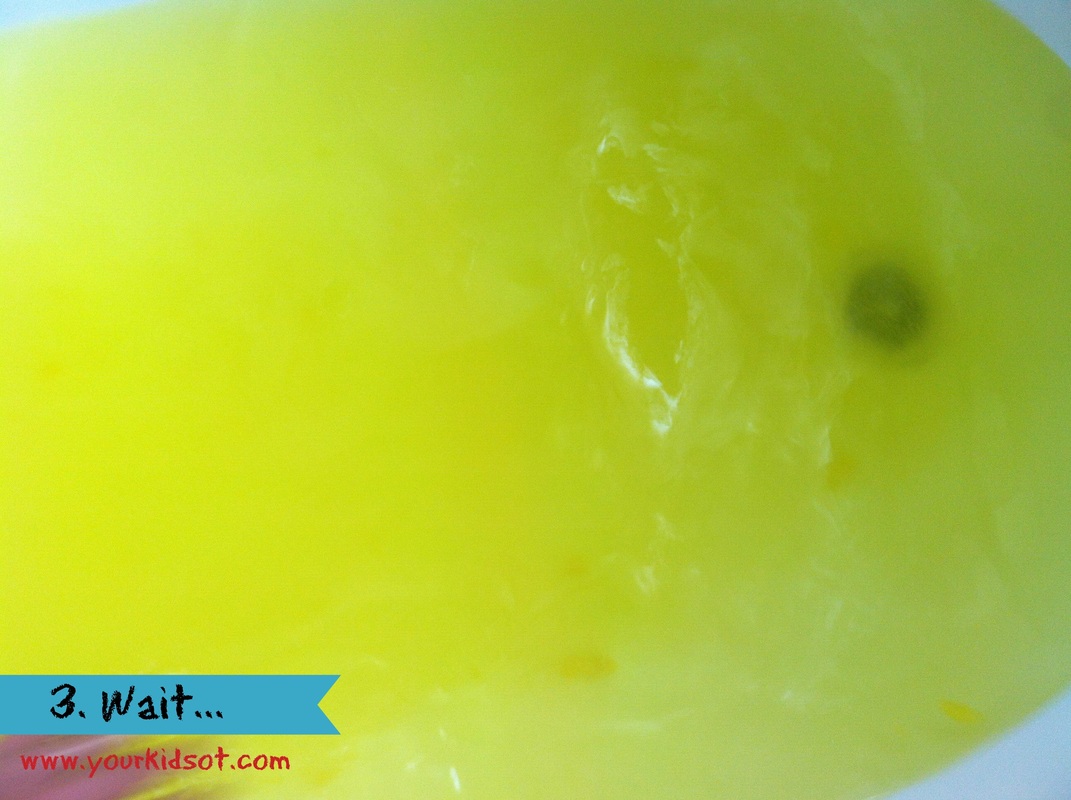
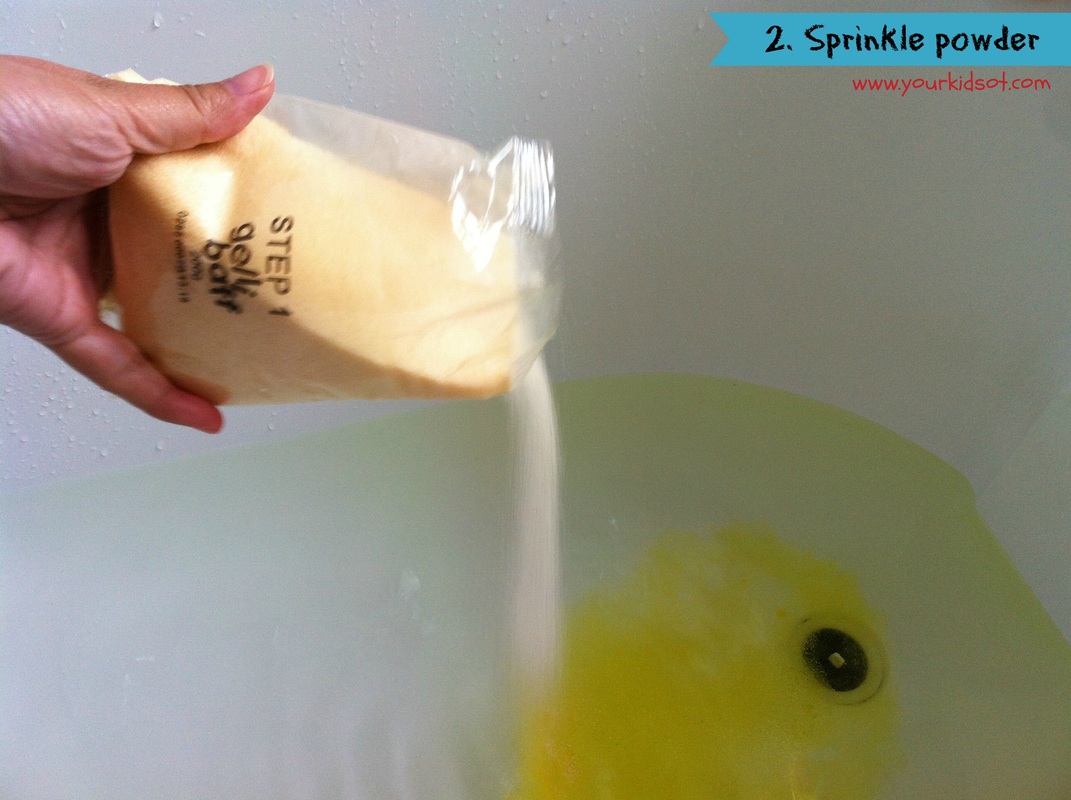
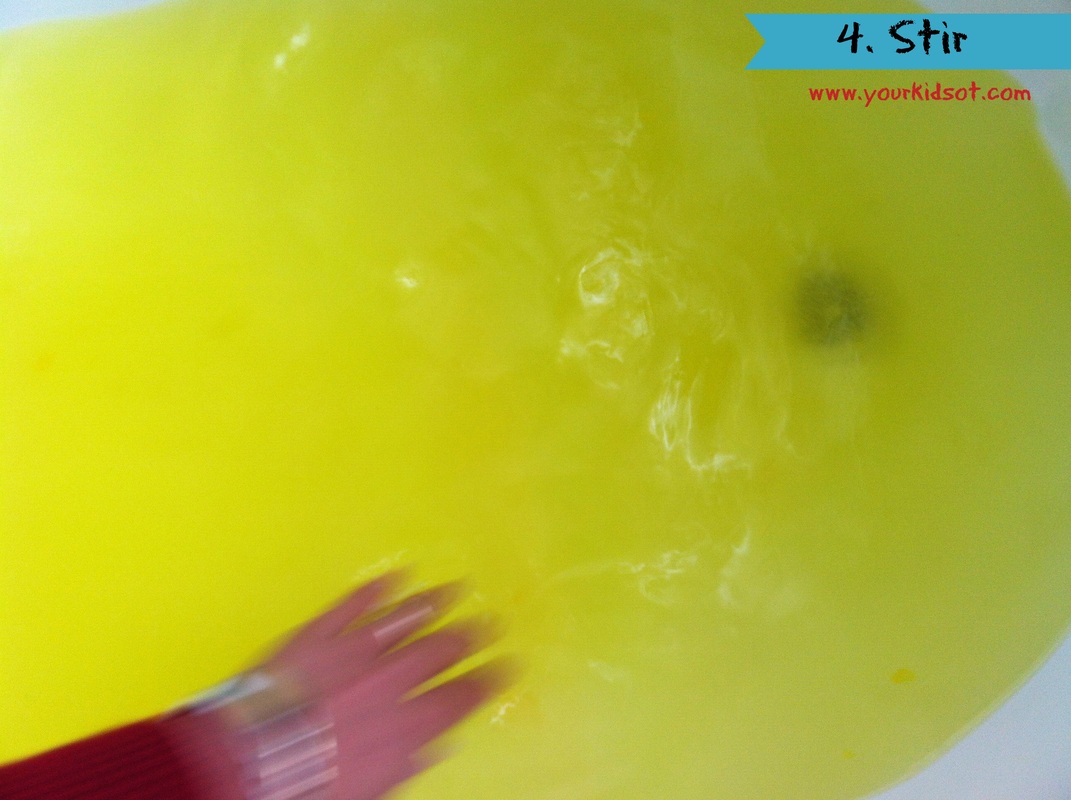
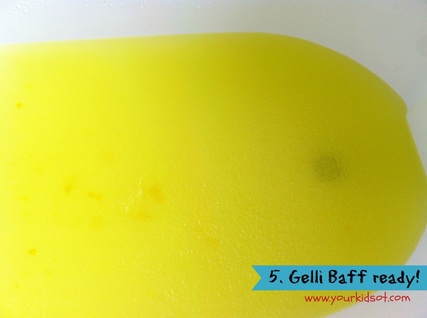
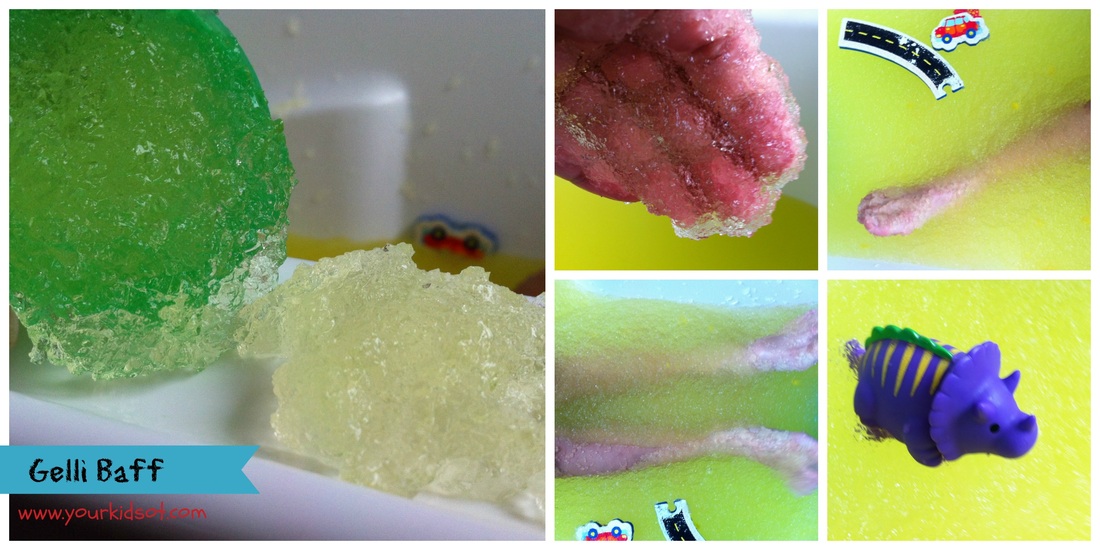
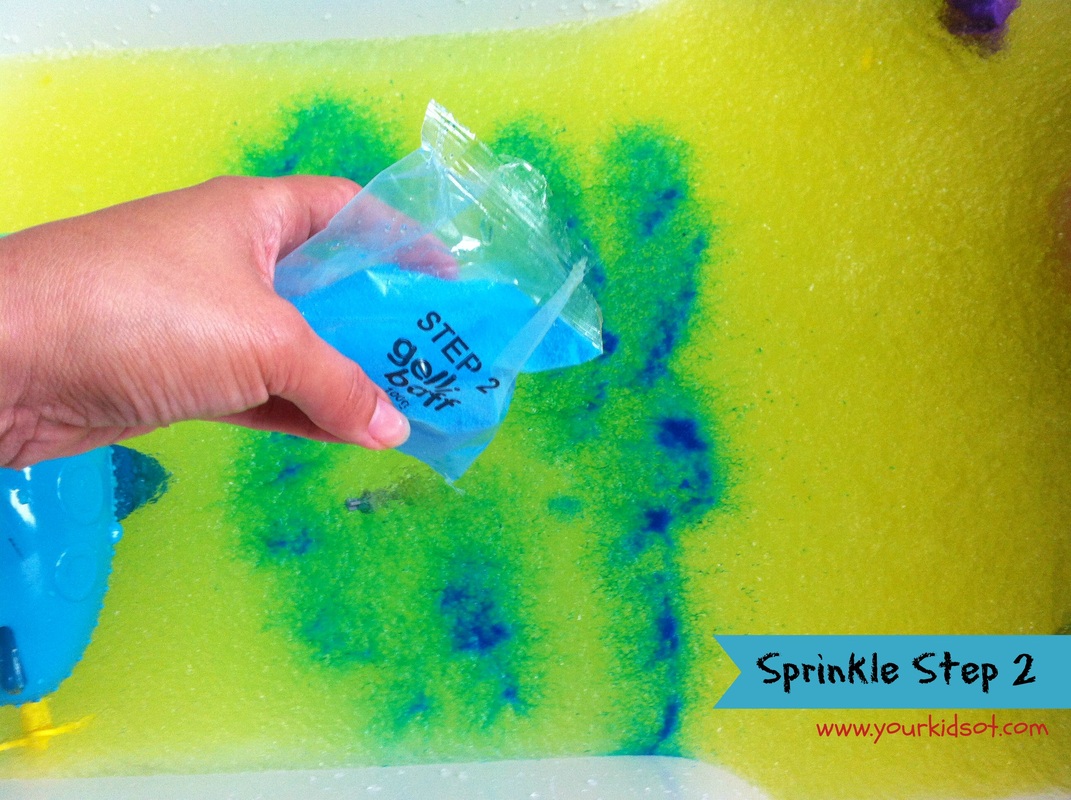
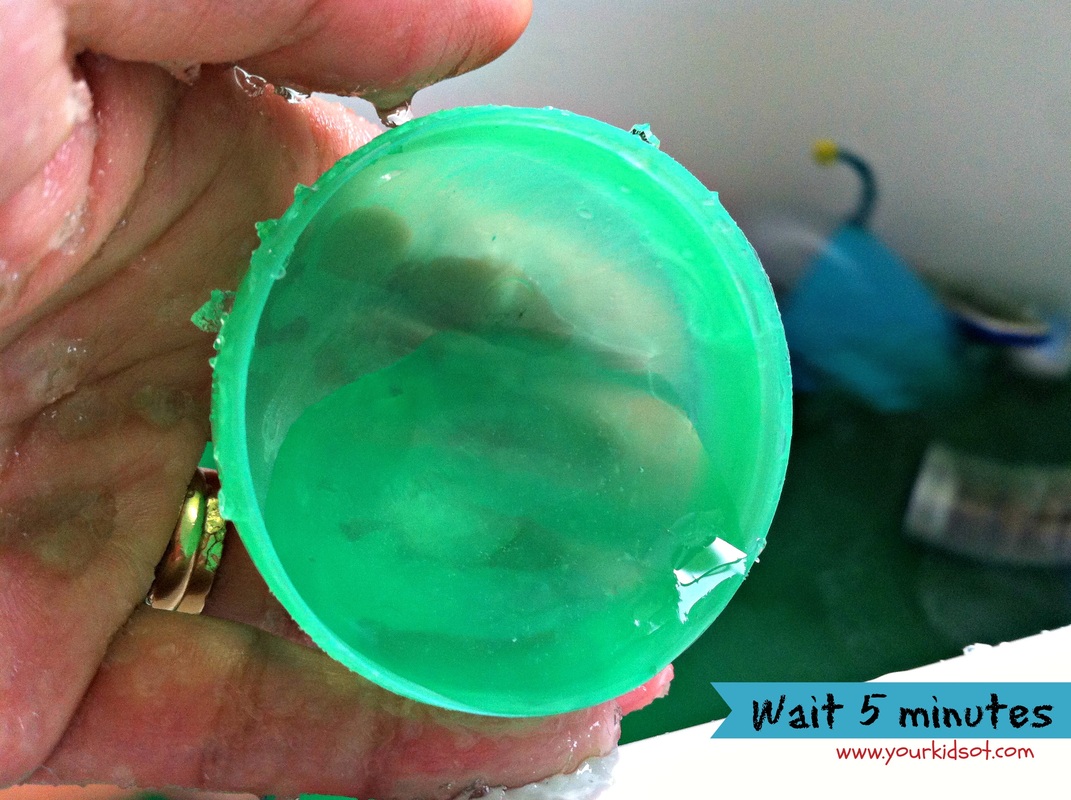

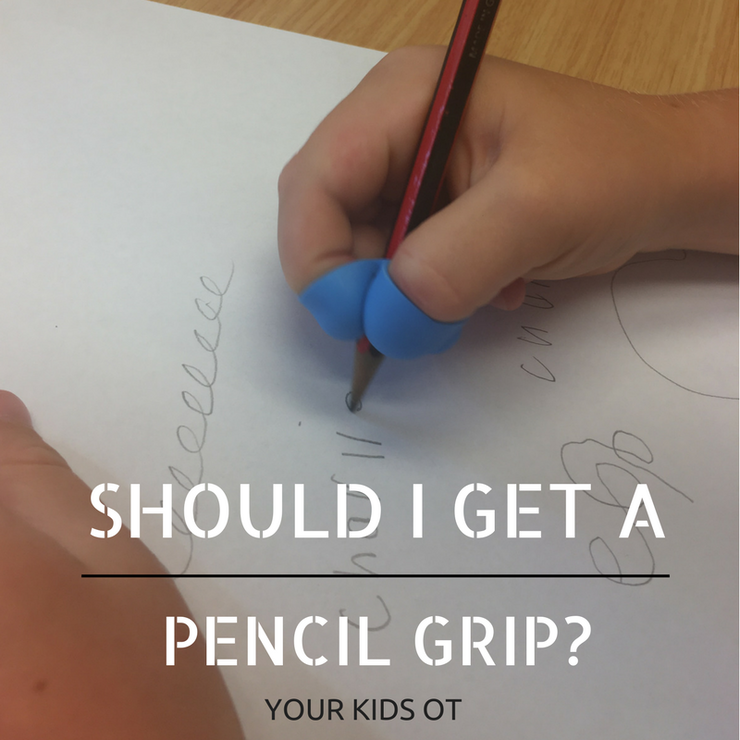
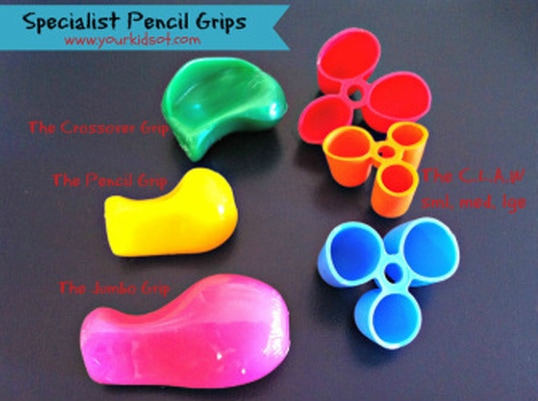

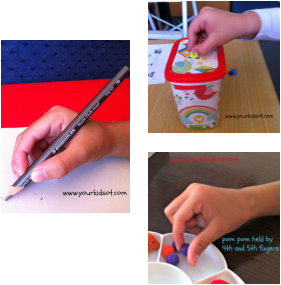
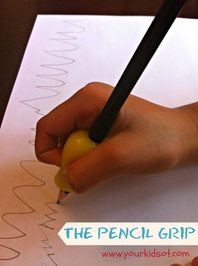
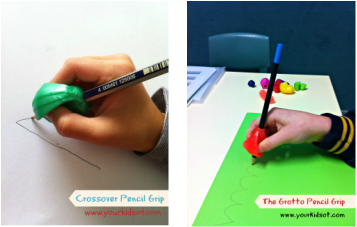
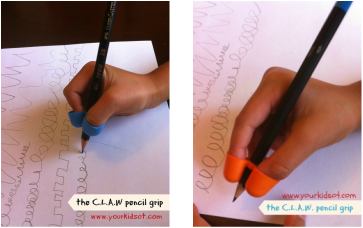


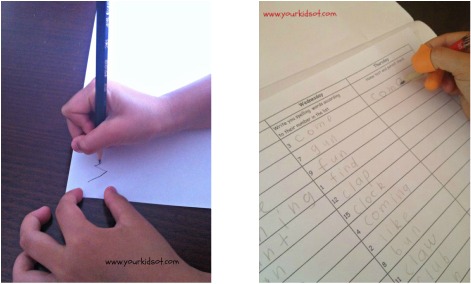

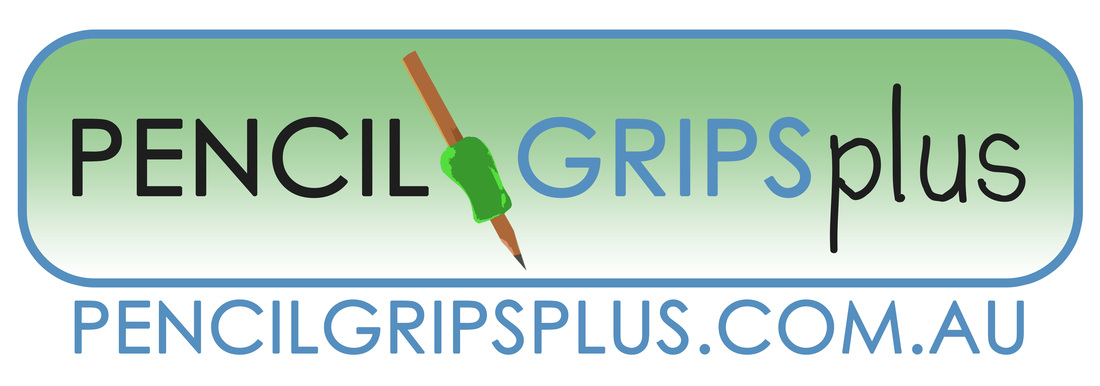
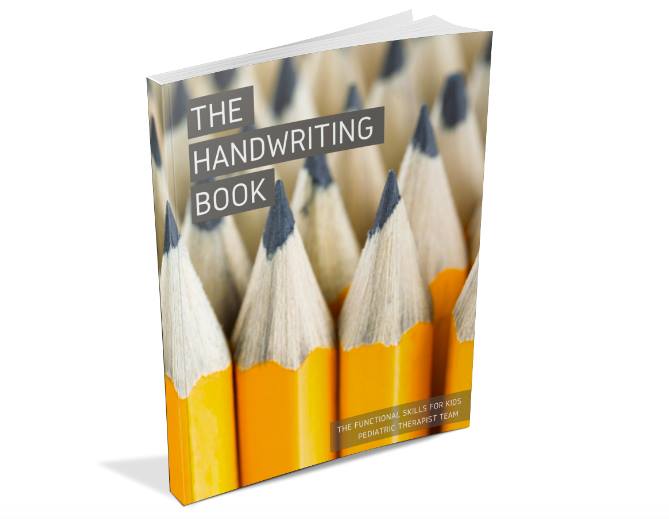
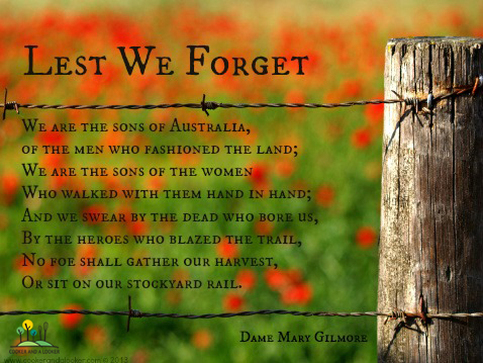

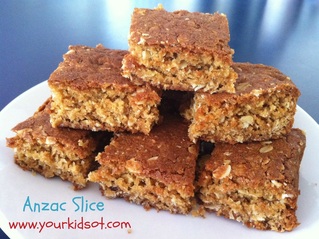
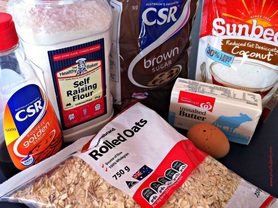
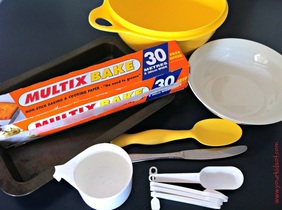




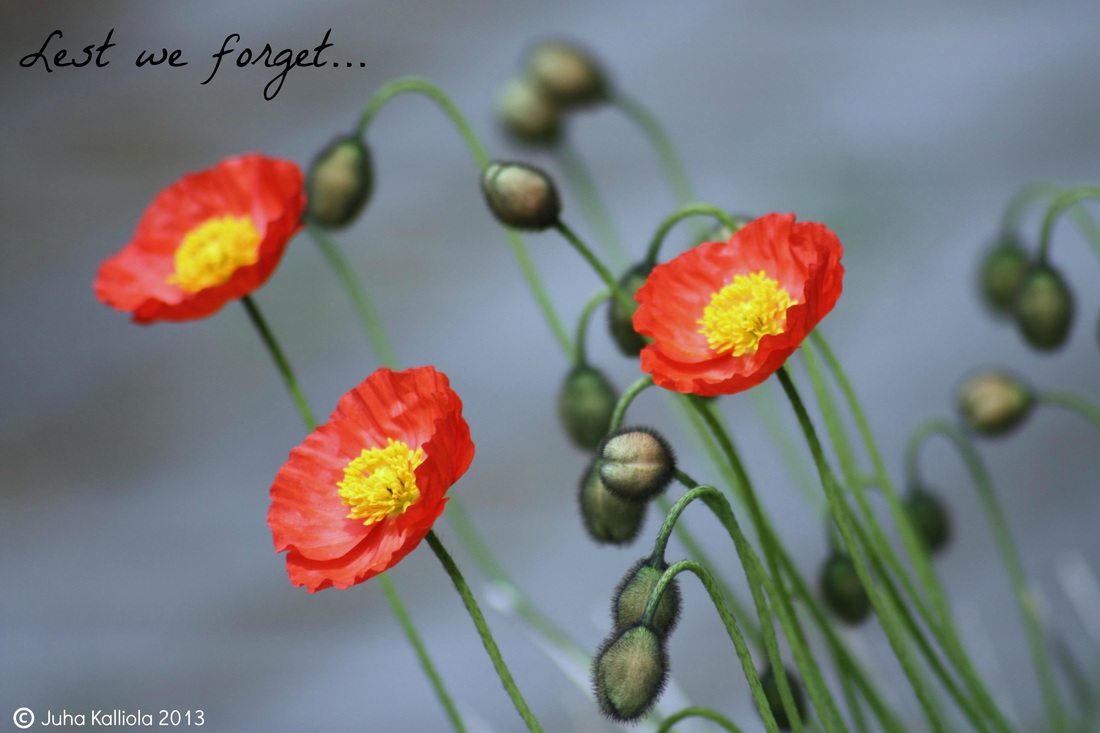
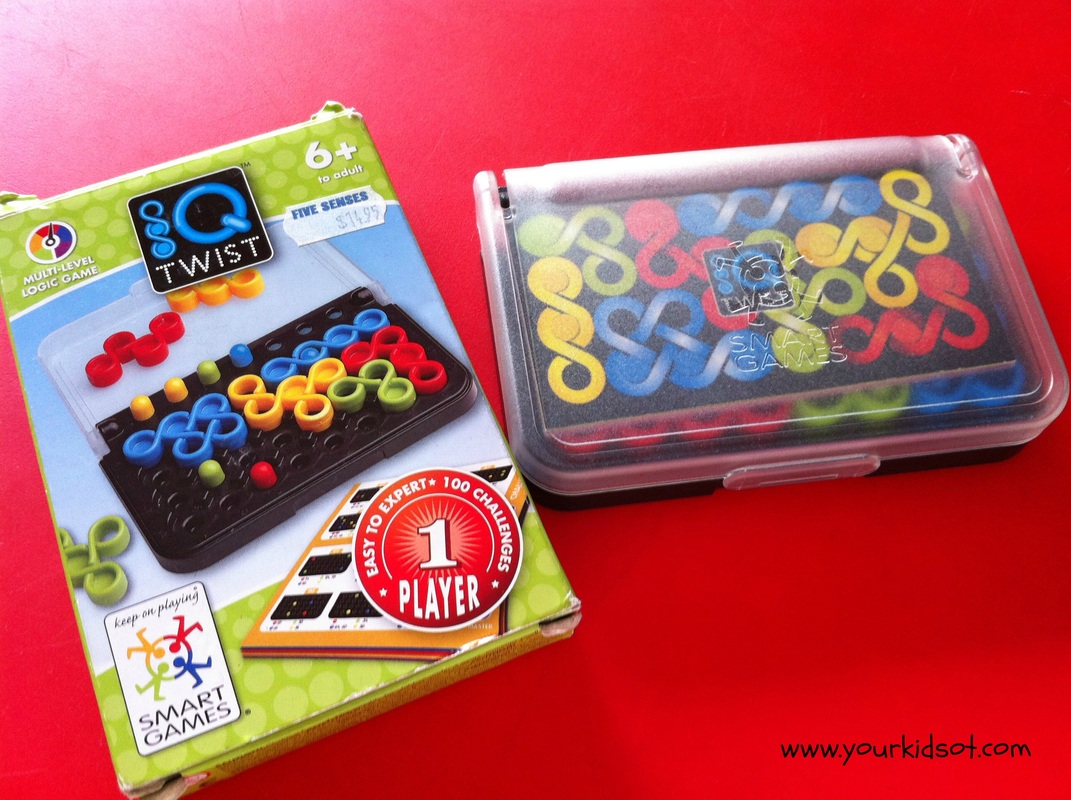

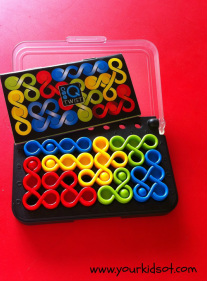

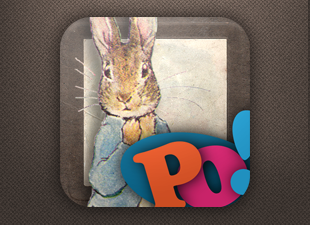

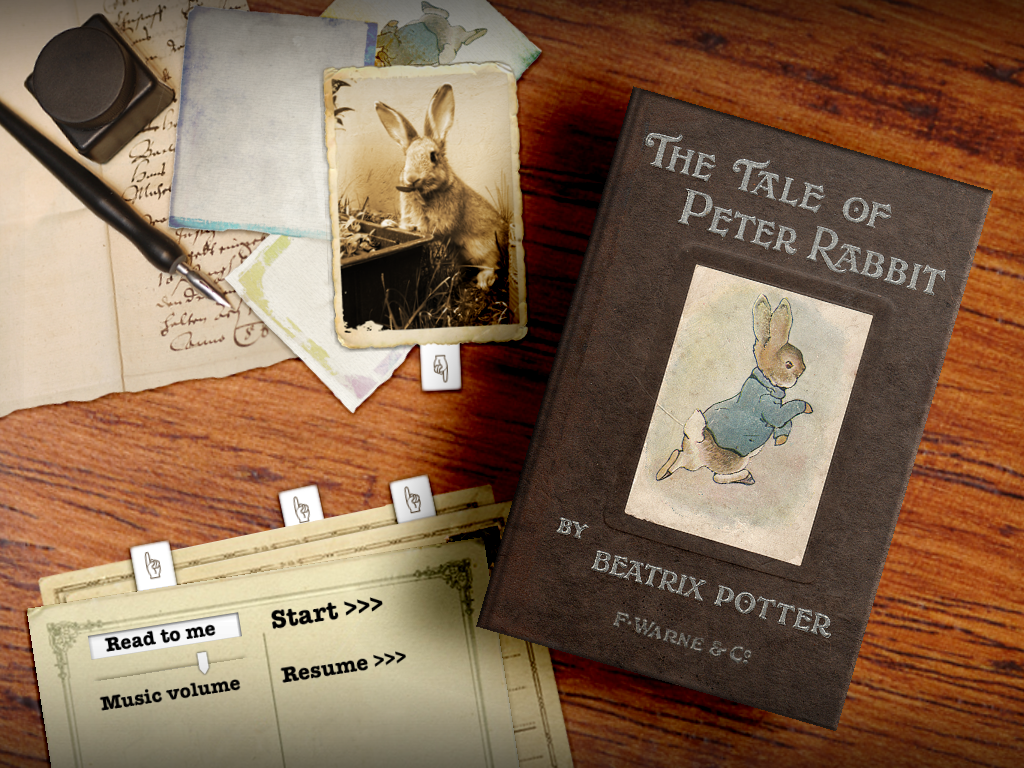
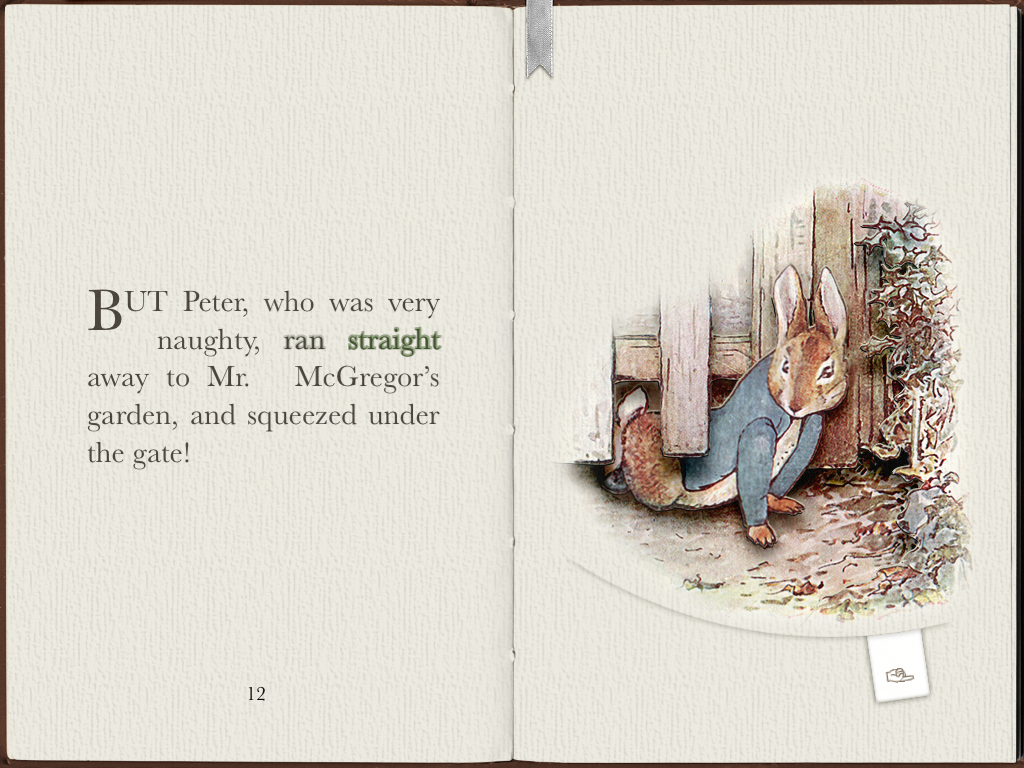

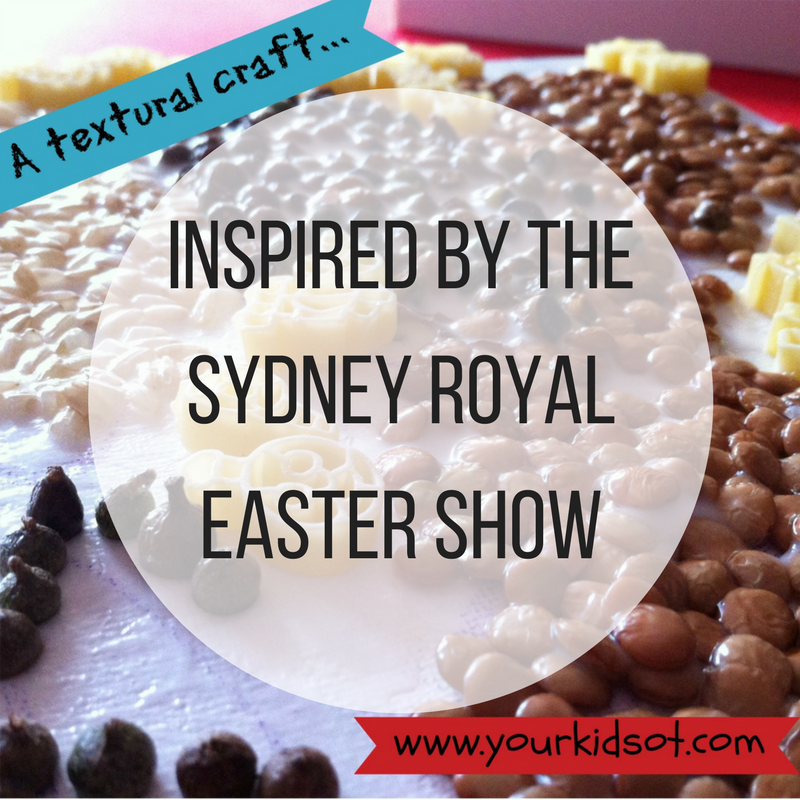
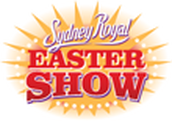

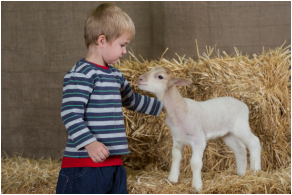
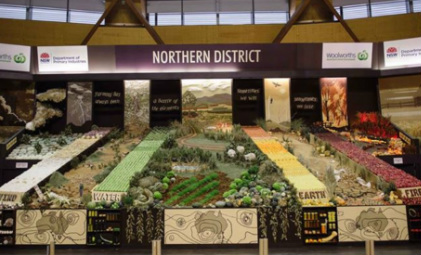
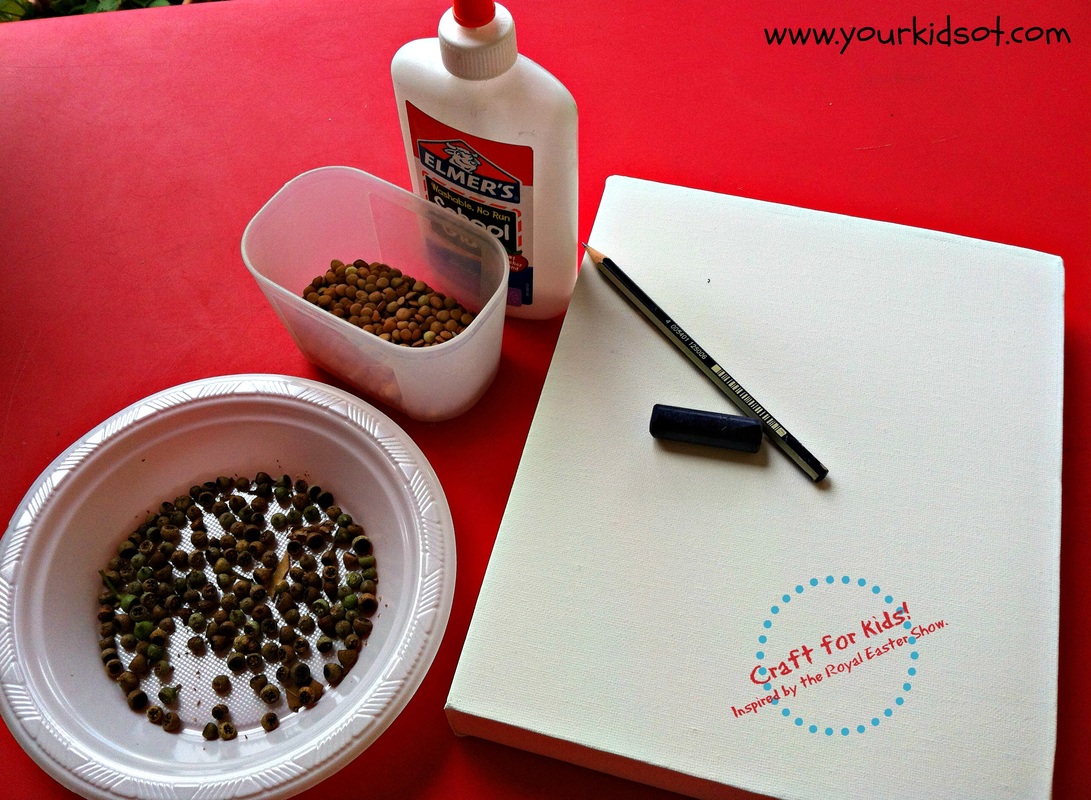
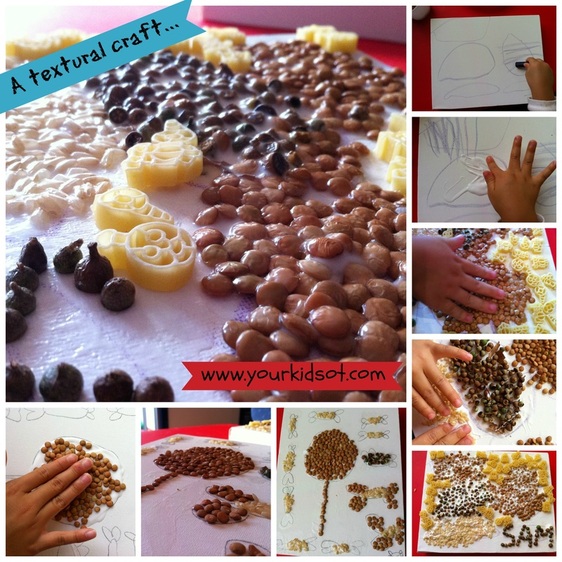

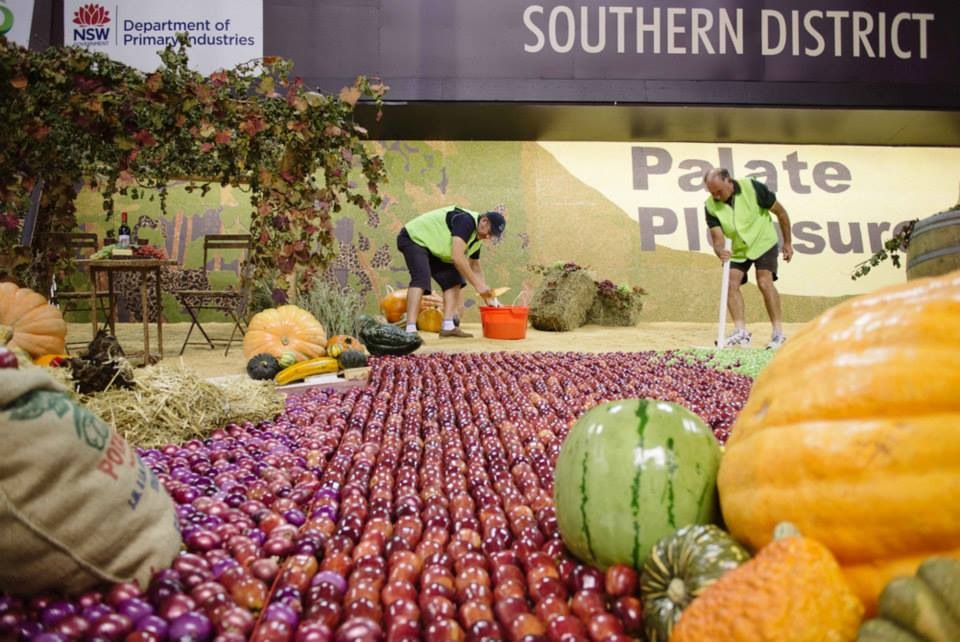

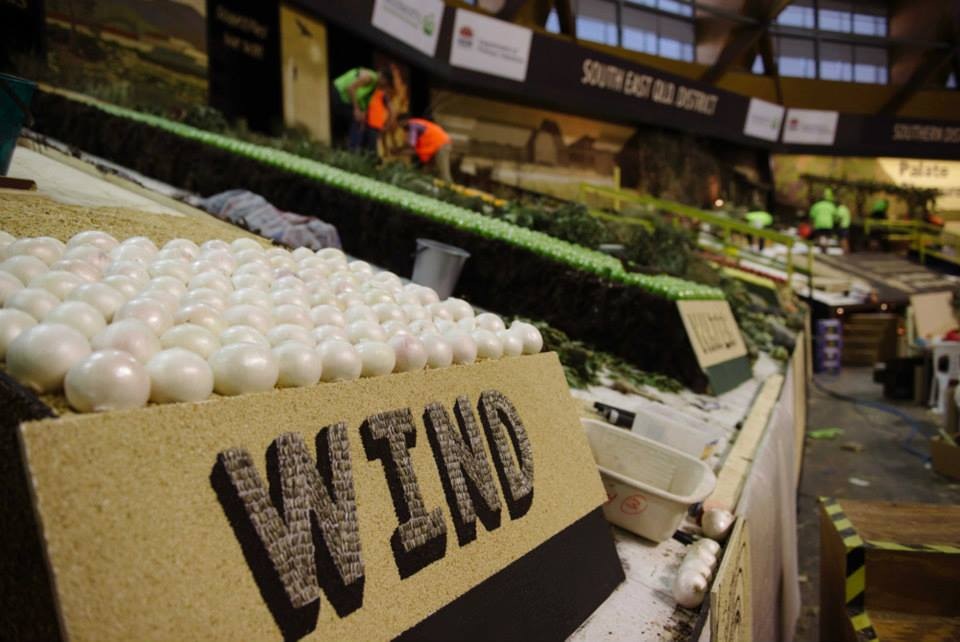
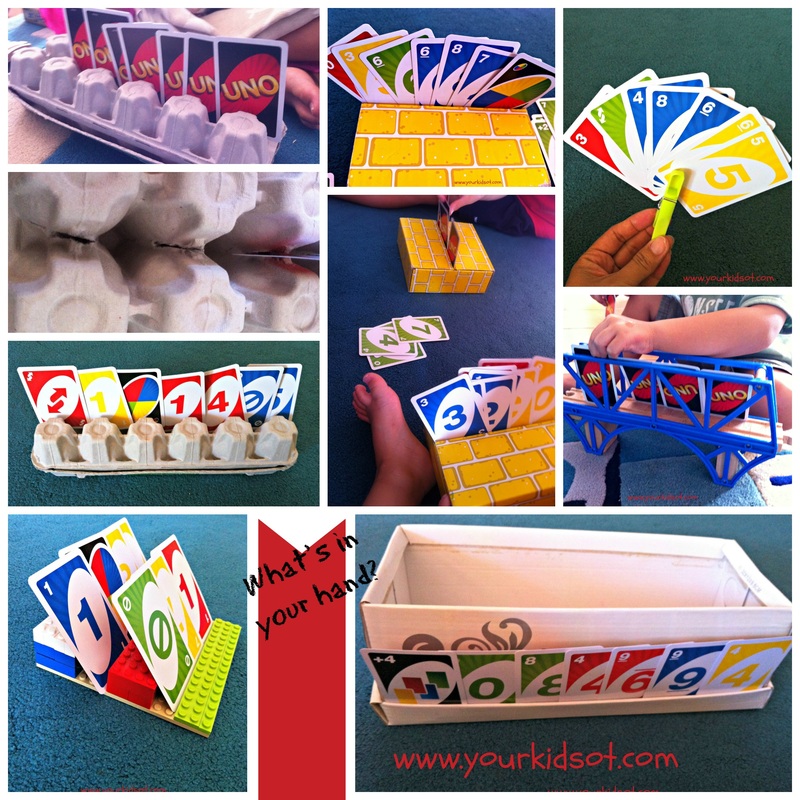

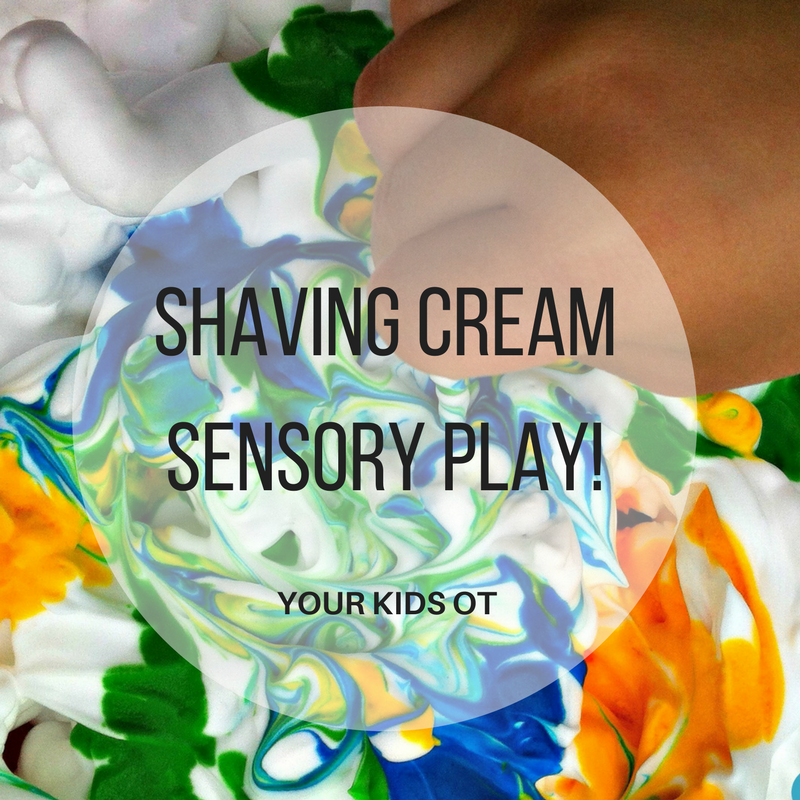

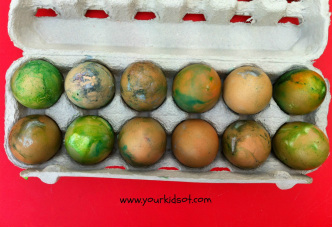
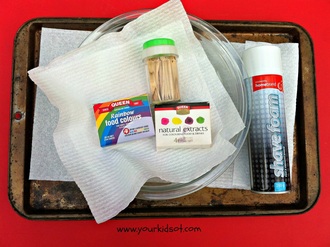
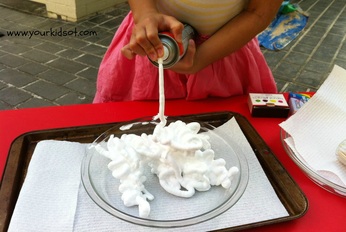
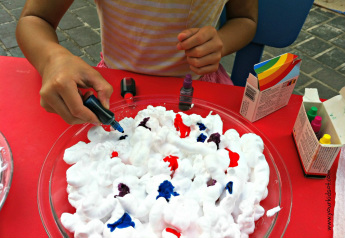
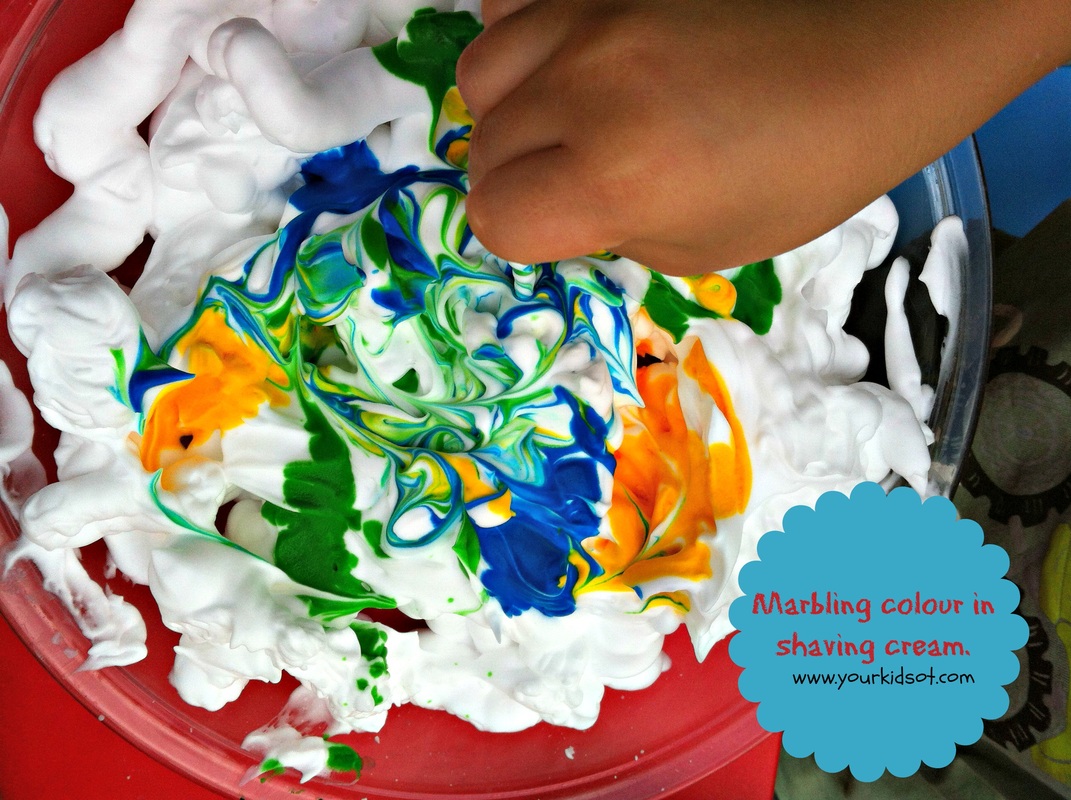
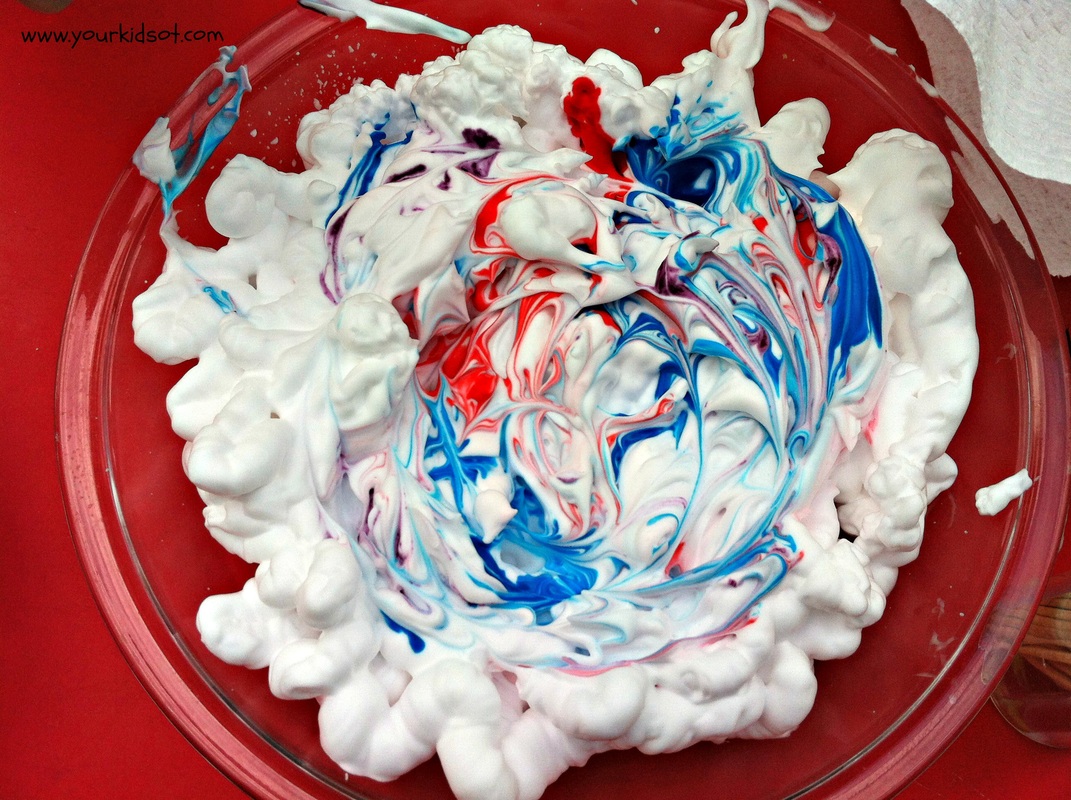
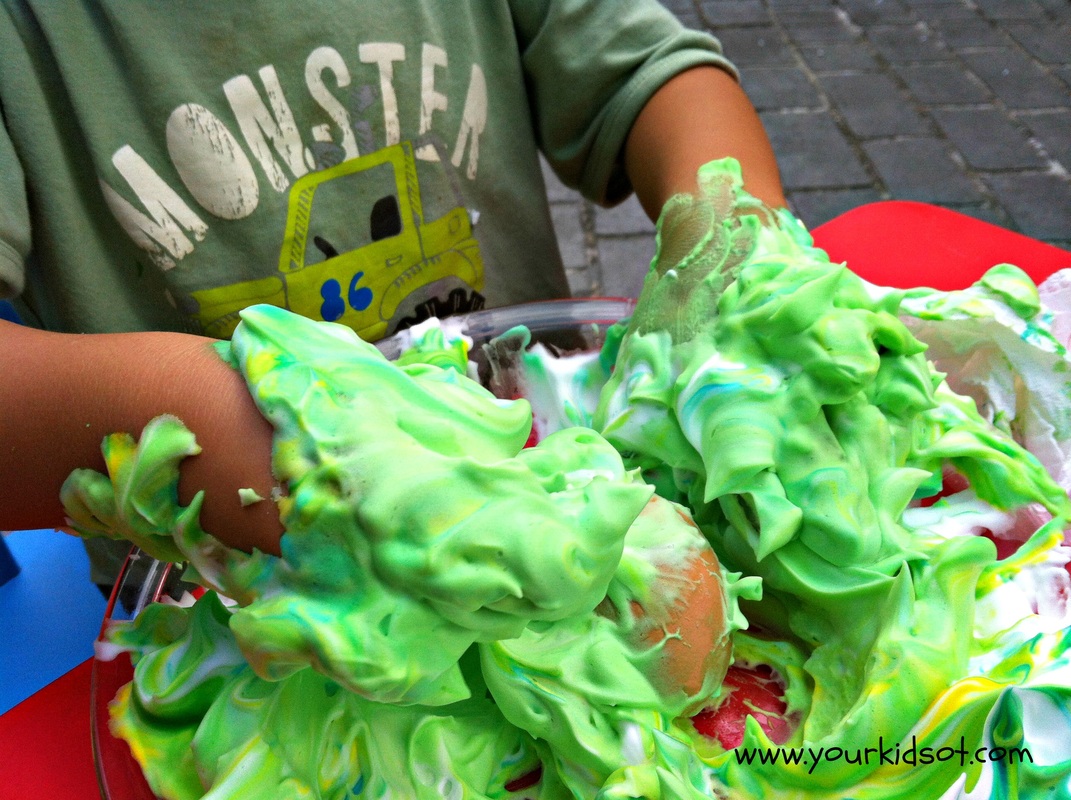
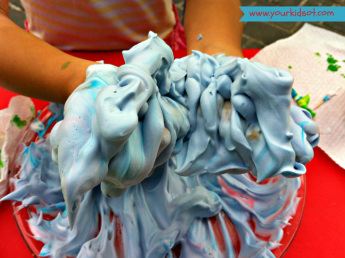
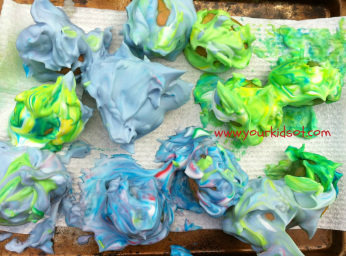
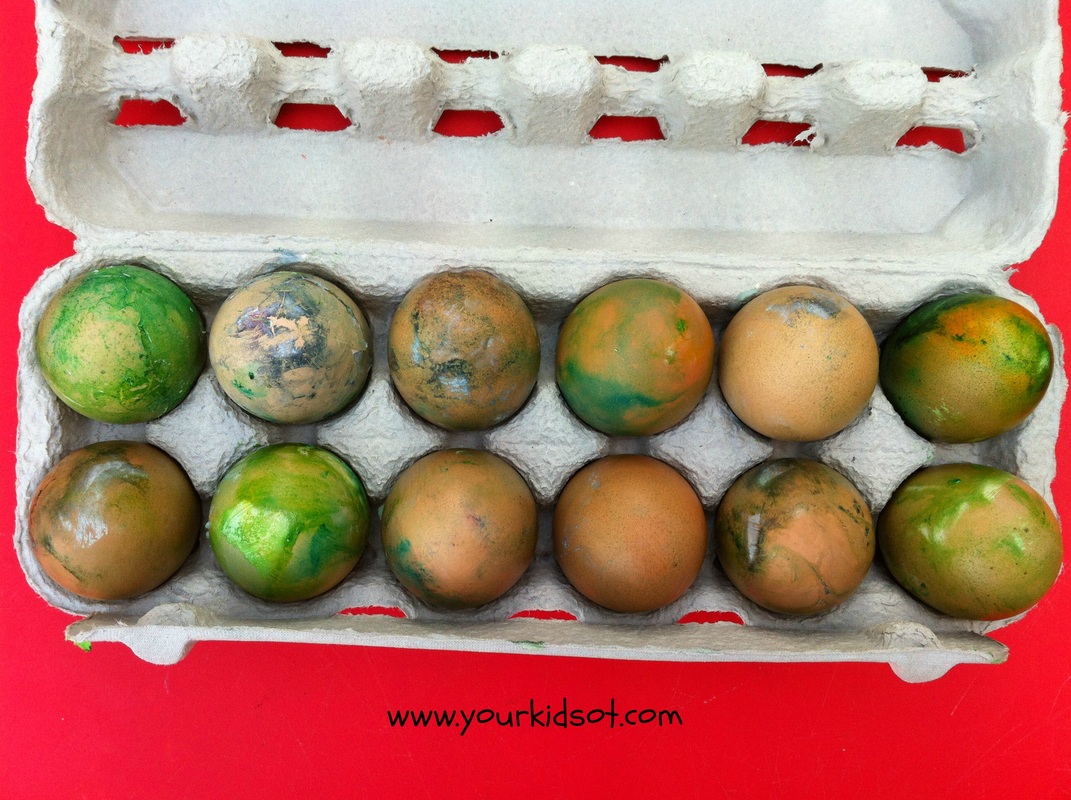

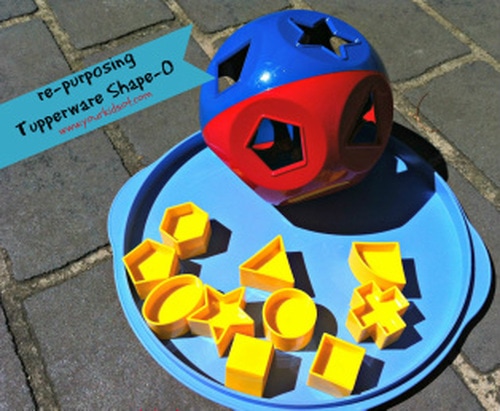
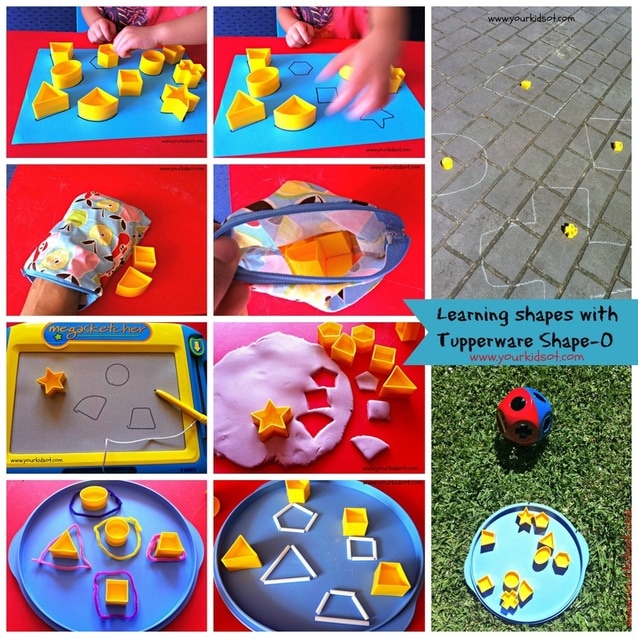
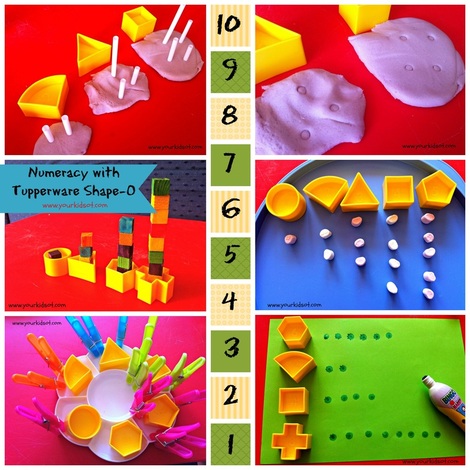
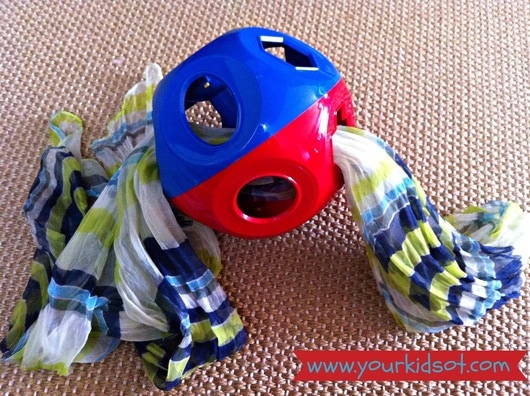

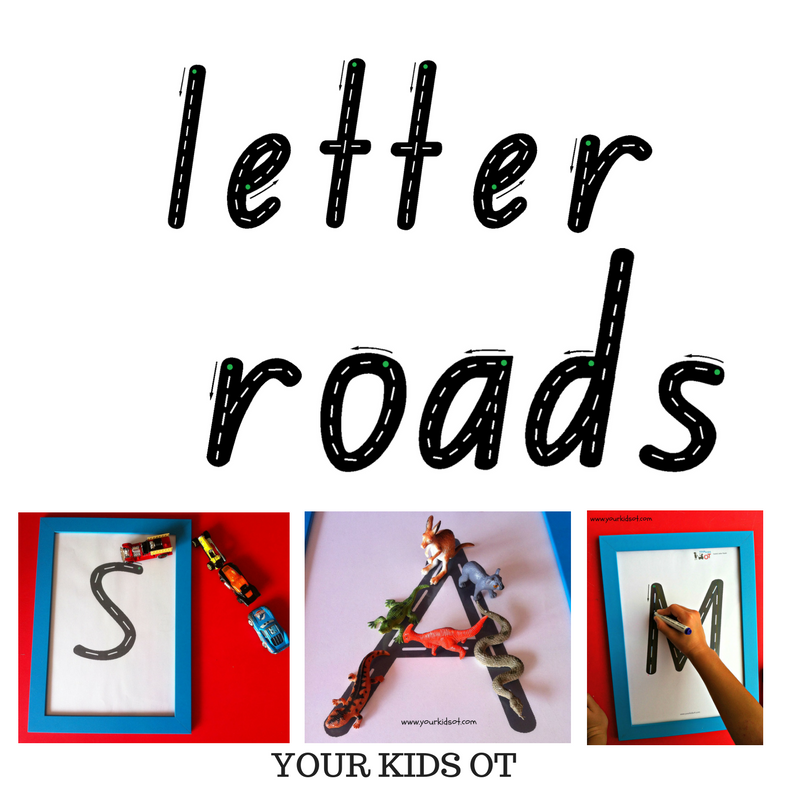
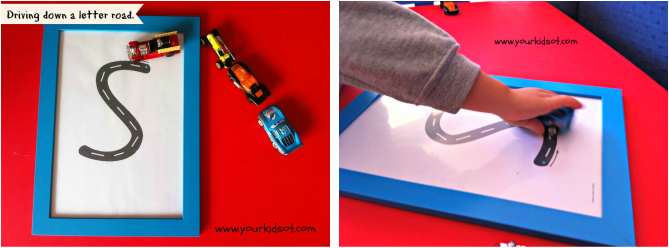
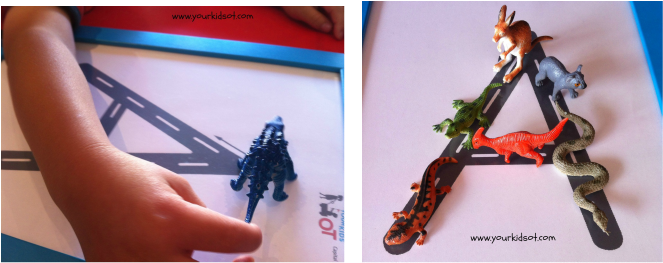
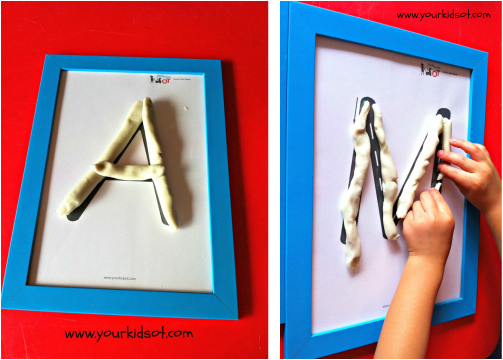
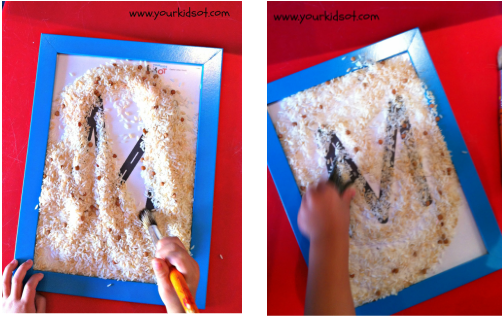
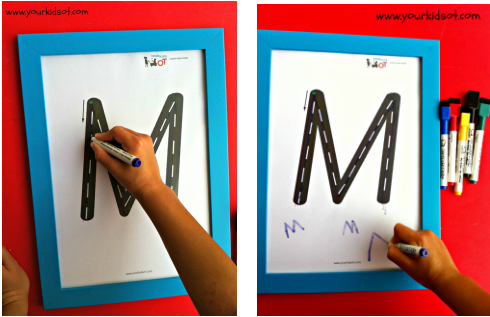

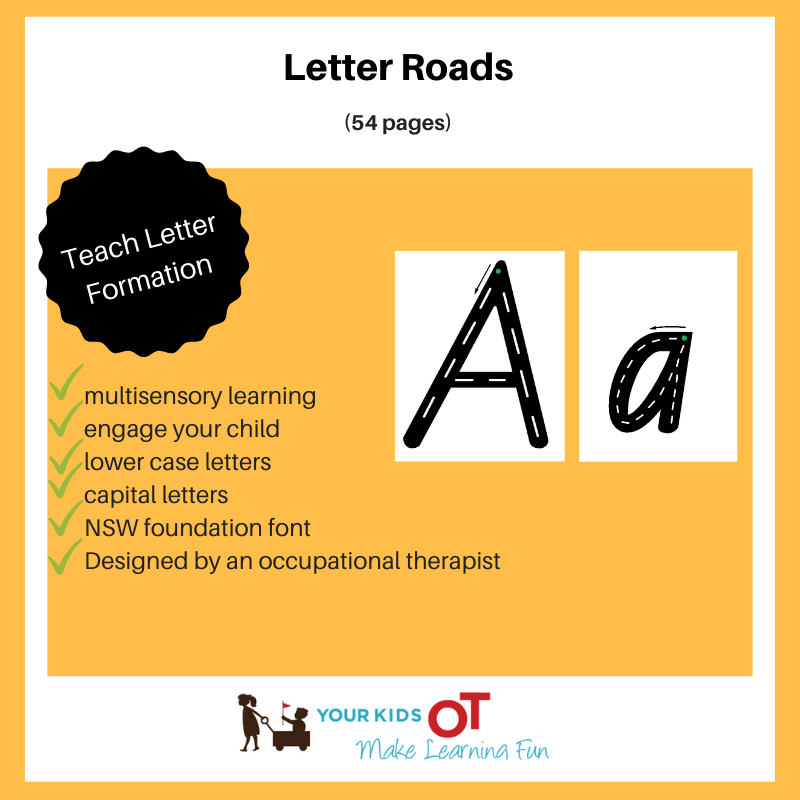

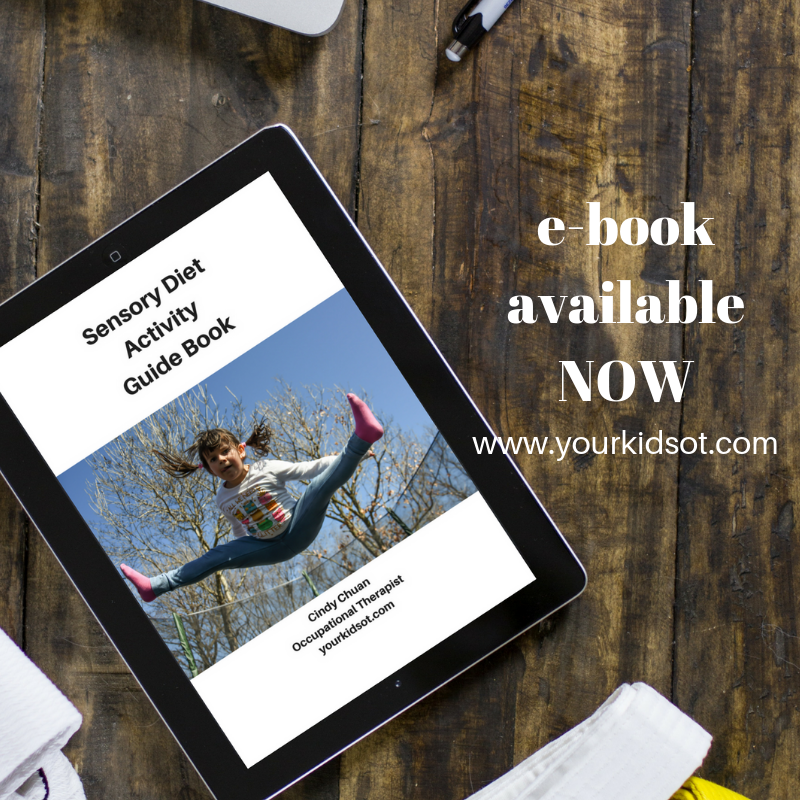
 RSS Feed
RSS Feed
